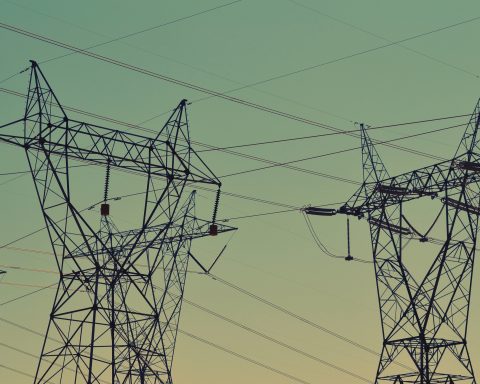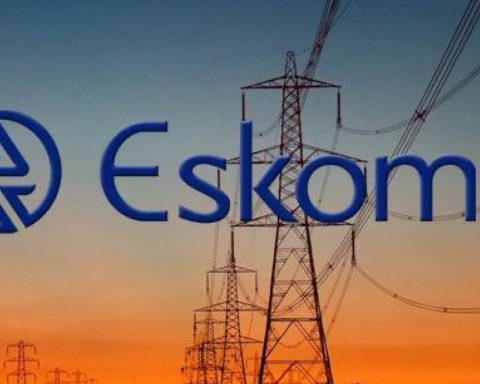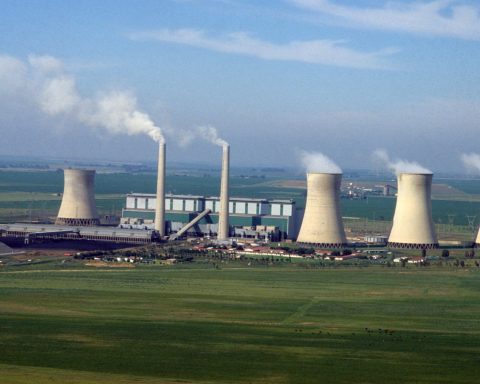South Africa’s energy landscape is shifting as Eskom commits to powering a massive Chinese-owned ferrochrome smelter in Limpopo. The Kinetic Development Group’s project in the Musina-Makhado Special Economic Zone (MMSEZ) will demand 1,000 MW. This is equivalent to one stage of load shedding. Despite past struggles with power cuts, Eskom insists it can deliver. But questions linger about coal dependency, water scarcity, and fairness to everyday South Africans. Importantly, this Chinese smelter in Limpopo is at the heart of these concerns.
Eskom’s Bold Power Promise
Eskom has confirmed it will supply 80 MW initially to the MMSEZ, using existing infrastructure. Plans to scale up to 1,000 MW by 2030 are underway. New transmission lines from Medupi Power Station and a Nzhelele substation will support this, according to Eskom’s spokesperson. The utility claims its Generation Recovery Plan ensures no load shedding for the SEZ. Moreover, it projects six months of stable supply to power the Chinese smelter in Limpopo effectively.
Coal Over Renewables?
Plans for a coal-fired power plant were scrapped after China’s 2021 pledge to halt overseas coal funding, per President Xi Jinping’s UN speech. Instead, the smelter will draw from Eskom’s coal-heavy Medupi station. This is despite earlier talk of solar alternatives. Critics argue this undermines global emission goals. Environmental assessments by Airshed Planning Professionals and Gudani Consulting are accused of understating pollution risks. Consequently, the Chinese smelter Limpopo project continues to face environmental scrutiny.
Who Pays the Price?
The MMSEZ will fund a new substation, to be handed over to Eskom. However, they deny receiving special tariffs. Energy analyst Chris Yelland warns that smelters, while energy-intensive, create few jobs. They may also hike costs for regular consumers. With South Africa’s smelters already struggling under high power costs, the deal raises equity concerns. These concerns are particularly for the Chinese smelter Limpopo initiative.
Resource Strain in Limpopo
Beyond power, water scarcity in Limpopo threatens the smelter’s viability. Critics question whether the region can sustain such heavy industry. As Eskom powers up this Chinese venture, South Africans await clarity on who truly benefits—and at what cost.






